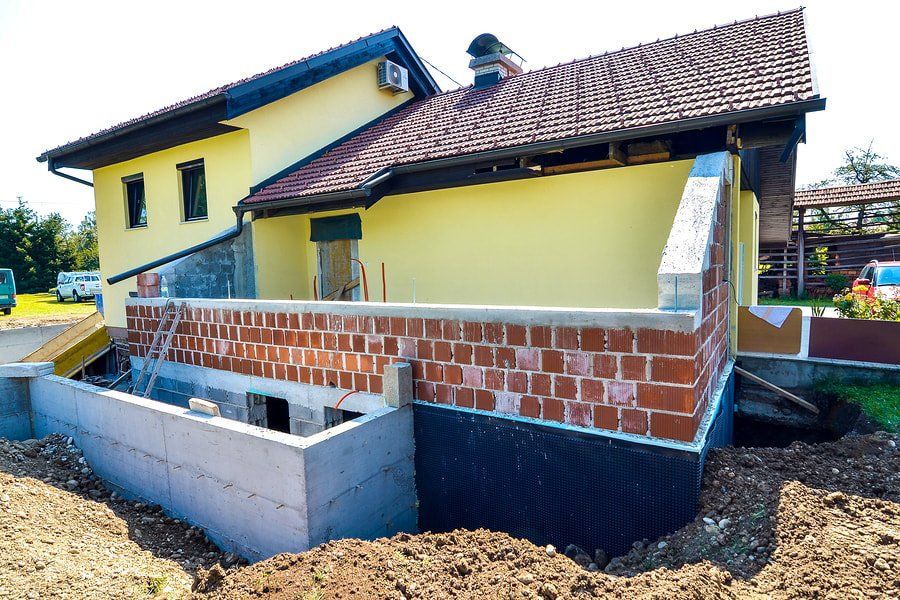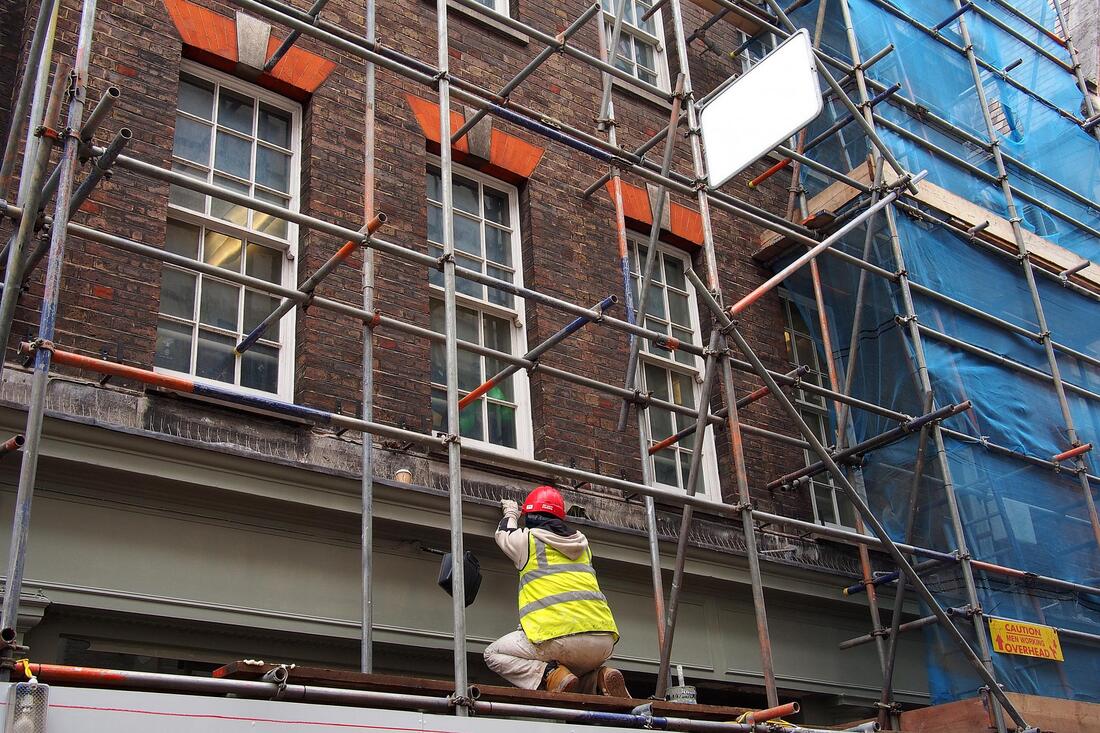Comprehensive Guide to Safe and Effective Basement Mold Removal
Say Goodbye to Basement Mold: A Step-by-Step Guide to Mold Removal
Mold in your basement can be a serious problem, affecting not just the aesthetics of your home but also your health. If you’ve discovered mold in your basement, it's crucial to take action promptly to prevent further mold damage and safeguard your living environment. This guide will walk you through the mold removal process, providing detailed steps and tips for effective mold remediation and mitigation. Whether you are dealing with mold in house or looking for mold remediation near you, this guide will help you address the issue thoroughly.

Understanding Basement Mold and Its Causes
Mold thrives in damp, dark, and humid environments, making basements a common breeding ground. Mold spores, which are tiny airborne particles, can easily spread throughout your home once they settle in the basement. The presence of mold in the basement often indicates underlying moisture issues, such as leaks, poor ventilation, or high humidity levels.
Mold damage can range from unsightly stains on walls to serious structural issues and health problems, especially for those with allergies or respiratory conditions. Understanding the causes of mold in your basement is the first step in effective mold remediation.
Step 1: Assess the Extent of Mold Damage
Before beginning any mold clean-up efforts, it’s essential to assess the extent of the mold damage. Look for visible signs of mold on walls, floors, and ceilings, and use a flashlight to inspect dark corners and behind furniture. Mold can appear as black, green, or white patches, often accompanied by a musty odor.
In addition to visible mold, consider mold testing to identify hidden mold growth. Mold testing can help determine the type and concentration of mold spores in your basement, providing valuable information for mold remediation and mitigation.
Step 2: Address the Source of Moisture
Mold removal is ineffective if the source of moisture is not addressed. Begin by identifying potential sources of water intrusion, such as leaks in the foundation, plumbing issues, or condensation from poor ventilation. Fix any leaks or plumbing problems immediately and consider installing a dehumidifier to reduce humidity levels in your basement.
Proper ventilation is crucial for mold mitigation. Ensure your basement is well-ventilated by opening windows, using exhaust fans, or installing a ventilation system. This will help keep the area dry and prevent mold spores from spreading.
Step 3: Protect Yourself and Prepare for Mold Clean-Up
Mold clean-up can expose you to mold spores and potentially harmful substances, so it’s essential to take appropriate safety precautions. Wear protective gear, including gloves, a mask or respirator, goggles, and long sleeves. Make sure the area is well-ventilated by opening windows and doors.
Before starting the mold remediation process, remove any furniture, carpets, or personal belongings from the basement. Items that are moldy or difficult to clean should be discarded to prevent further contamination.
Step 4: Mold Remediation Techniques
Cleaning Mold from Non-Porous Surfaces
For non-porous surfaces like metal, glass, or hard plastic, mold removal is relatively straightforward. Use a mixture of water and detergent to scrub the affected areas, ensuring all visible mold is removed. After cleaning, rinse the area with water and dry it thoroughly to prevent mold spores from re-growing.
Cleaning Mold from Porous Surfaces
Porous surfaces like drywall, wood, and insulation can be more challenging to clean because mold can penetrate below the surface. For small areas of mold damage, you can attempt to clean the surface with a mixture of water and detergent. However, if the mold has penetrated deeply or covers a large area, it may be necessary to remove and replace the affected materials to ensure complete mold remediation.
Using Mold Cleaners
There are many mold cleaners on the market that can help with mold removal. When choosing a mold cleaner, look for products that are labeled for mold remediation and follow the instructions carefully. Be aware that some mold cleaners contain harsh chemicals, so use them in well-ventilated areas and follow all safety precautions.
Step 5: Consider Professional Mold Remediation Services
While small mold clean-up projects can often be handled by homeowners, larger mold infestations may require the help of a mold removal company. Professional mold remediation companies near you have the expertise and equipment to safely and effectively remove mold and prevent future growth.
When searching for mold remediation companies near me, look for companies with positive reviews and certifications from recognized organizations, such as the Institute of Inspection Cleaning and Restoration Certification (IICRC). Professional mold remediation near me can provide peace of mind and ensure that the mold problem is resolved thoroughly.
Step 6: Prevent Future Mold Growth
After mold removal, it’s crucial to take steps to prevent future mold growth. Here are some mold mitigation strategies to keep your basement mold-free:
Control Humidity: Keep humidity levels below 60% by using a dehumidifier and ensuring proper ventilation.
Repair Leaks Promptly: Fix any leaks or water damage immediately to prevent mold from developing.
Improve Drainage:
Ensure that water drains away from your home’s foundation to reduce the risk of water intrusion.
Use Mold-Resistant Materials: When renovating or repairing your basement, consider using mold-resistant materials like mold-resistant drywall and paint.
Regular Inspections:
Conduct regular inspections of your basement for signs of moisture or mold. Early detection can prevent minor issues from becoming major problems.
Step 7: Know When to Call for Help
Mold in the basement can sometimes be stubborn and difficult to eradicate. If you’ve followed the steps for mold clean-up but are still experiencing mold issues, it may be time to call for professional mold remediation removal. Mold removal service providers have the experience and tools to tackle even the most challenging mold problems.
If you are dealing with mold damage near me, especially in areas like Washington, DC, consider reaching out to mold remediation DC services for specialized local support.
Understanding the Risks of Mold Exposure
Mold exposure can have serious health implications, especially for individuals with allergies, asthma, or weakened immune systems. Common symptoms of mold exposure include sneezing, coughing, skin rashes, and eye irritation. In some cases, prolonged exposure to mold spores can lead to more severe respiratory issues and infections.
Mold testing can help identify the presence and type of mold in your home, providing valuable information for mold mitigation efforts. If you or a family member experience symptoms of mold exposure, it’s essential to seek medical advice and address the mold problem promptly.
Conclusion
Basement mold is a common issue that can lead to serious health risks and structural damage if not addressed promptly. By following the steps outlined in this guide, you can effectively remove mold, prevent future growth, and protect your home and health. Whether you are handling a small mold clean-up project or considering professional mold remediation near you, understanding the basics of mold removal and mold mitigation is key to maintaining a safe and healthy living environment.
Remember, if the mold infestation is extensive or you’re unsure how to proceed, don’t hesitate to reach out to mold remediation companies near you. A professional
mold removal service can ensure the job is done safely and effectively, giving you peace of mind and a mold-free home.



